Coffee chains have become a staple of daily life in many parts of the world, offering a convenient source of caffeine and a place to socialize or work. As these chains have proliferated, they’ve also diversified, with each brand offering its own unique take on coffee culture. The rankings of these chains can tell us much about consumer preferences and industry trends.

Some chains are known for their rapid expansion and widespread presence, while others are cherished for their quality products and innovation. These rankings help us grasp not only the popularity but also the strengths and weaknesses of the major players in the coffee industry.
Key Takeaways
- Chain coffee shops are integral to daily life and reflect diverse coffee cultures.
- Rankings provide insight into consumer preferences and competitive edges.
- Understanding these rankings helps identify industry leaders and innovators.
The Rise of Chain Coffee Shops
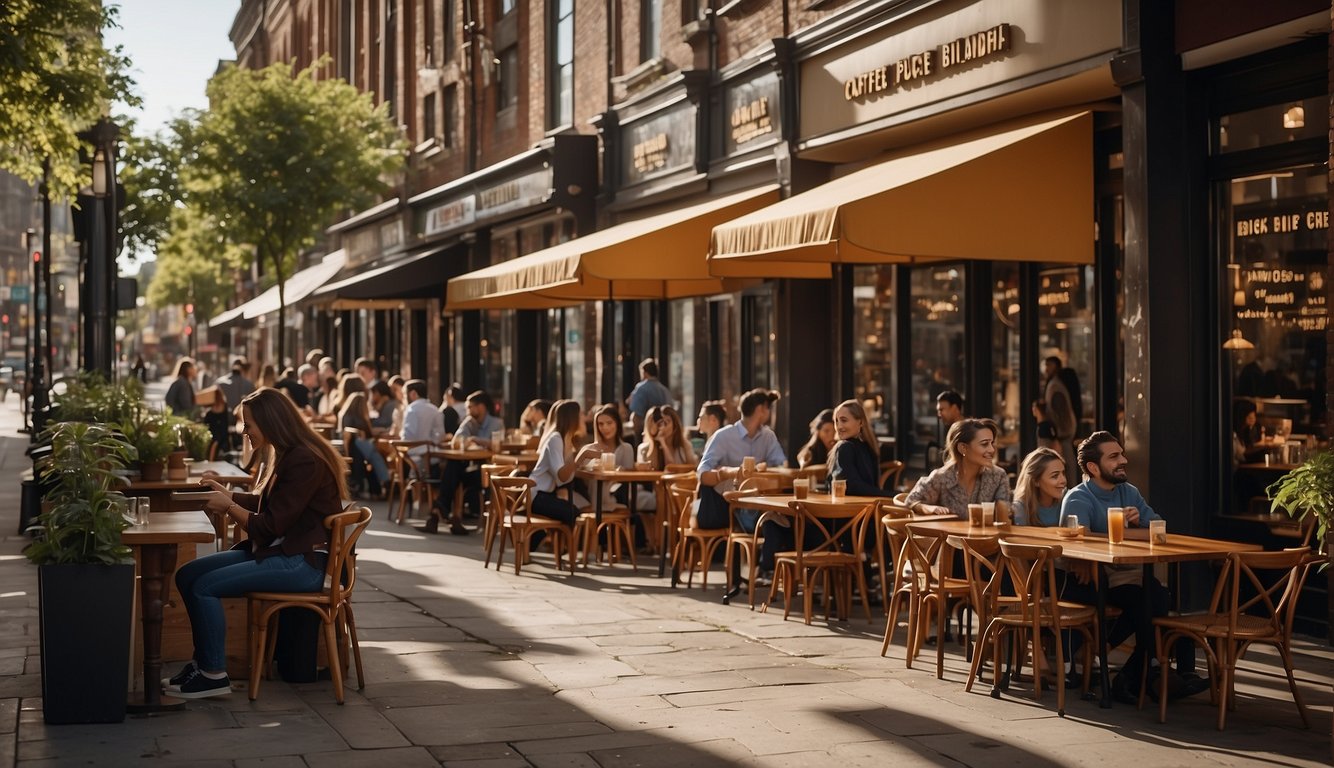
The coffee shop industry has seen significant growth, influencing global markets, consumer habits, and economies.
Global Market Trends
The global coffee shop market has shown a consistent upward trajectory. In the United States alone, the market value exceeded 48 billion U.S. dollars in recent years. The number of coffee shops climbed to around 38.4 thousand, signaling steady industry expansion.
Consumer Preferences
Consumers have shown a strong preference for convenience and consistent quality. Coffee chains have met this demand with widespread locations and recognizable products. These preferences have helped chains like Starbucks maintain their status as the largest coffee chain with over 15,450 locations in the U.S.
Economic Impact
Chain coffee shops contribute significantly to economies by providing jobs and stimulating local suppliers. Sales in the U.S. coffee chain sector grew by 10% from June 2021 to June 2022, nearly reaching pre-pandemic levels. This growth reflects the economic importance of this industry.
Top-Ranked Chains Overview
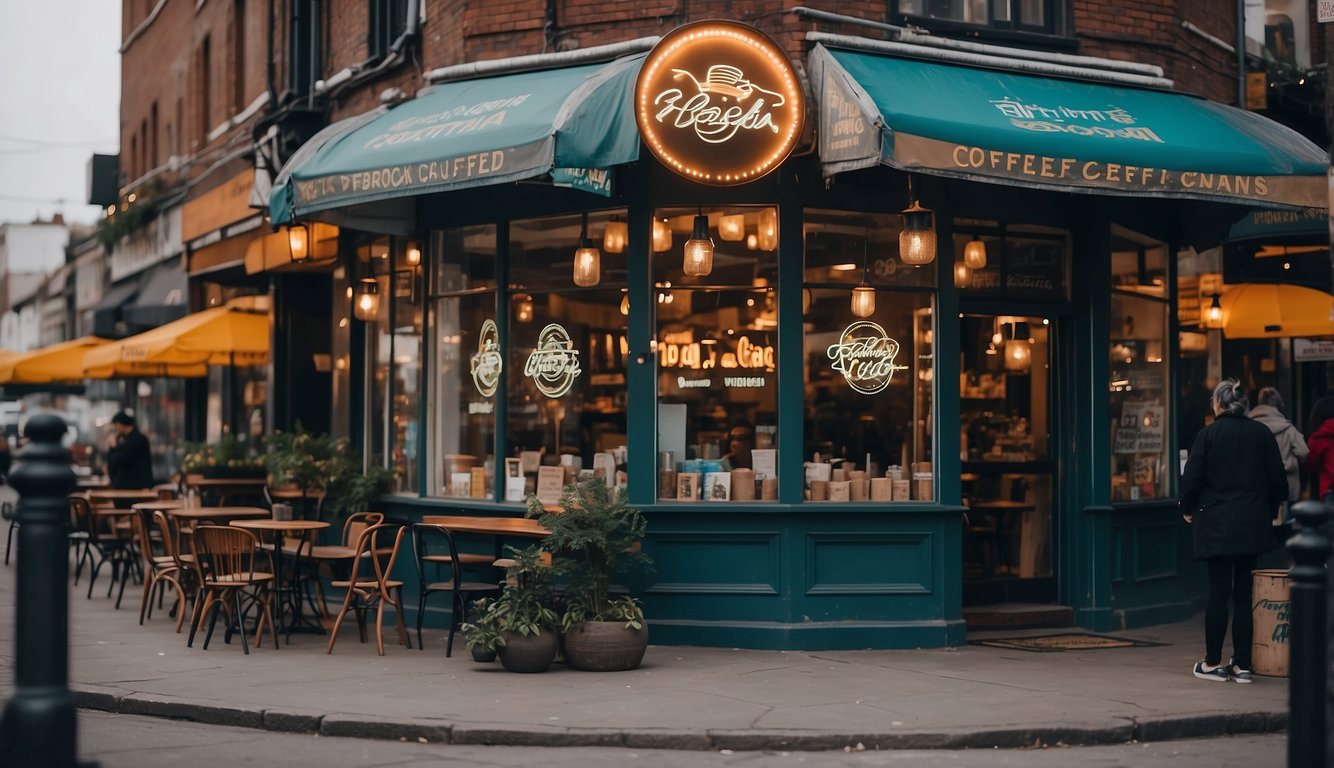
In this section, readers will discover how top chain coffee shops earn their ranks. They’ll find out what makes a coffee chain stand out.
Criteria for Ranking
The ranking of coffee chains is based on several factors. Sales, customer reviews, and brand presence play a role. A chain’s growth and innovation are also considered.
Diversity of Offerings
Top chains offer more than just coffee. They serve a variety of drinks, pastries, and sometimes full meals. Some chains are known for their signature espresso blends or unique tea mixtures.
Customer Loyalty Programs
Successful chains often have strong loyalty programs. These programs offer free drinks, discounts, and other perks. They reward regular customers and encourage repeat visits.
Major Players in the Market
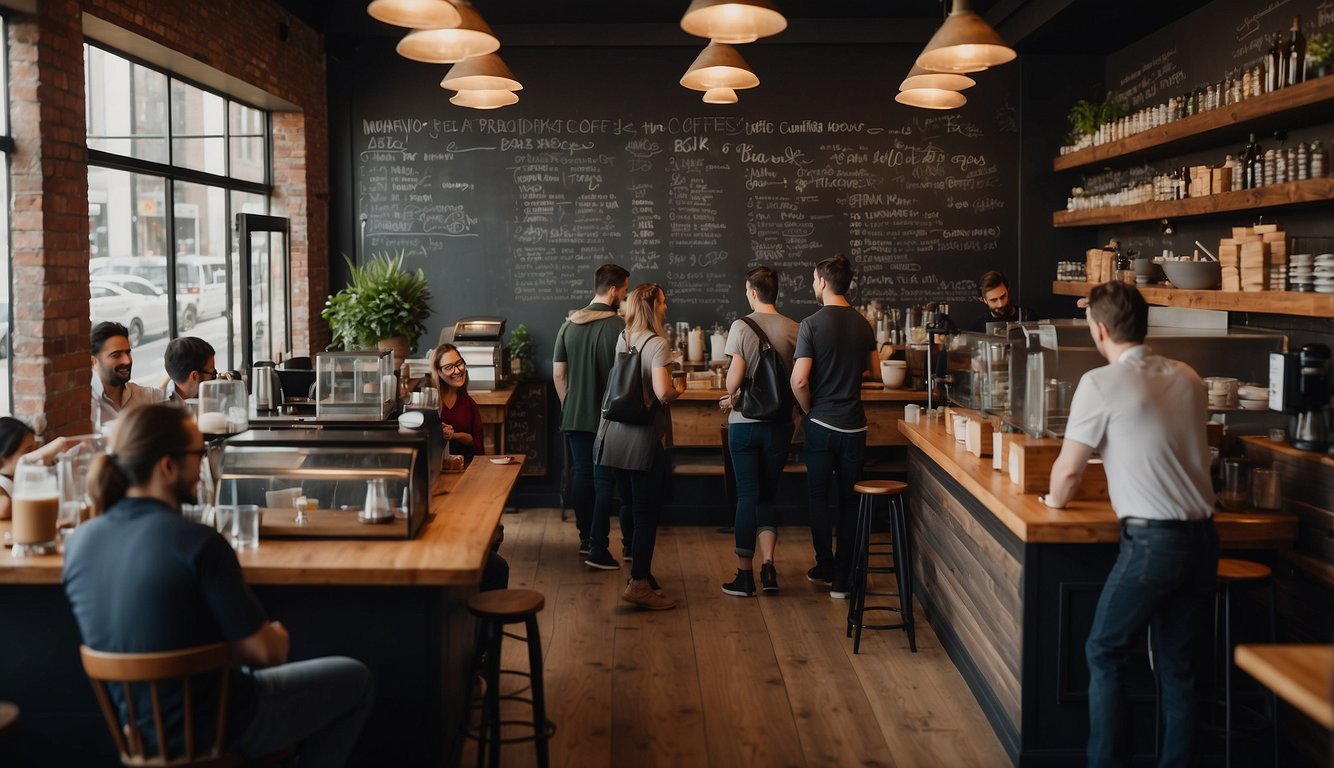
The coffee shop market in the U.S. is highly competitive with a few key brands leading the space. They dominate the landscape in terms of market share, number of outlets, and brand recognition.
Starbucks: Industry Leader
Starbucks stands as the largest coffee company in the world, with extensive global presence. It achieved a revenue of $32.25 billion, securing a dominant U.S. market share.
Dunkin’: A Close Contender
Dunkin’ (formerly known as Dunkin’ Donuts), focuses on a quick service model. It maintains a strong position in the market focusing on both coffee and baked goods.
Tim Hortons: Canadian Favorite
Tim Hortons has a loyal following in Canada and is gaining traction in the U.S. It is known for its coffee and donuts, emphasizing a casual, sit-down experience.
Costa Coffee: Expanding Reach
Costa Coffee is gaining momentum with an expanding international footprint. The brand is known for its wide variety of coffee drinks and cozy store environments.
McCafé: Fast-food Giant’s Success
McCafé, McDonald’s coffee-house style offshoot, has seen success by offering lower-priced premium coffee options. Its extensive number of locations helps in reaching a broad customer base.
Regional Favorites
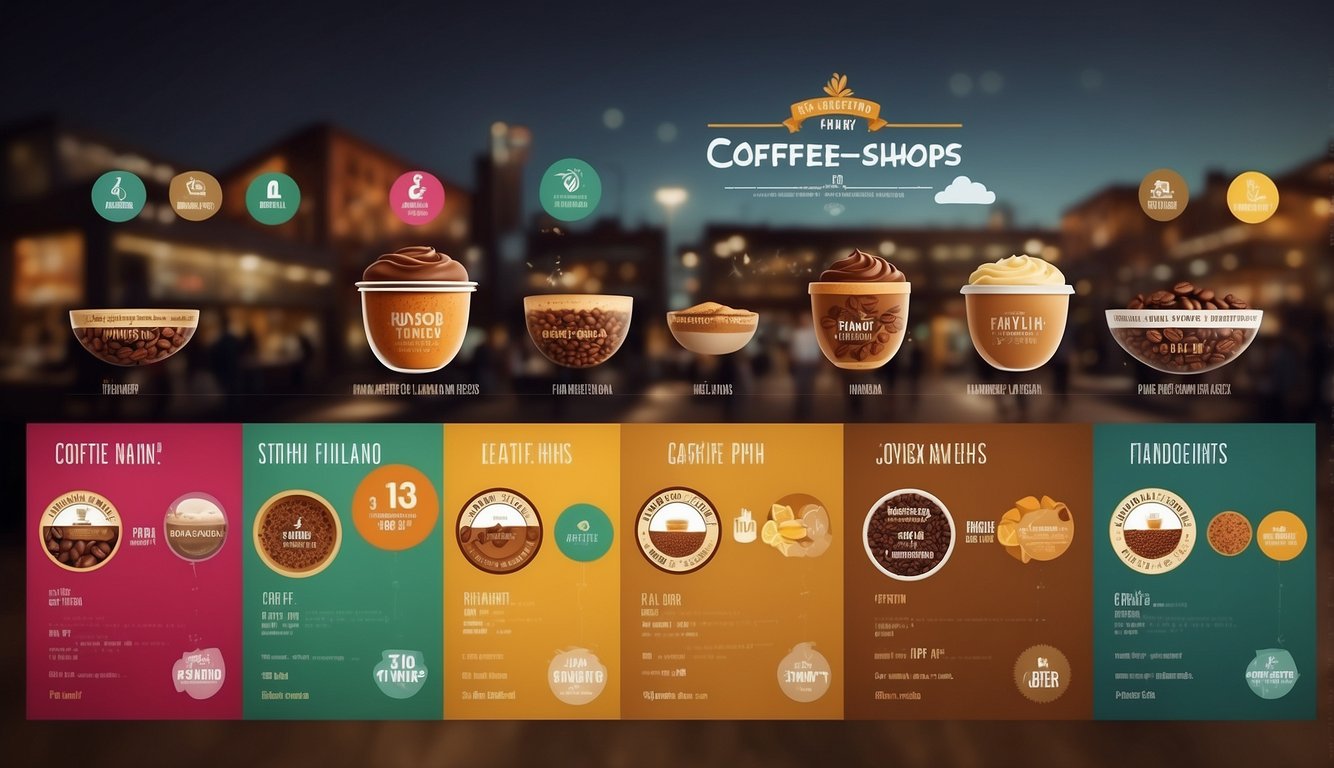
While many coffee chains have a nationwide reach, certain brands stand out in specific regions. They resonate with local preferences, which speaks to the diverse coffee culture in the United States.
Peet’s Coffee & Tea: West Coast Giant
Peet’s Coffee & Tea first opened in Berkeley, California, in 1966 and rapidly became a West Coast favorite. They serve a wide range of specialty coffees and teas. Peet’s is renowned for its deep roast process that gives its coffee a distinctive bold flavor.
Caribou Coffee: Midwest Presence
With its headquarters in Minnesota, Caribou Coffee boasts a strong presence in the Midwest. The chain is known for its cozy lodge atmosphere and unique coffee blends. Caribou also puts an emphasis on sustainability and offers a menu of eco-friendly options.
Dutch Bros. Coffee: Drive-Thru Revolution
Dutch Bros. Coffee is revolutionizing the coffee drive-thru experience. They began in Grant’s Pass, Oregon, and quickly expanded across the nation. Their efficient service and innovative menu items have won a dedicated following.
Gloria Jean’s Coffees: Australian Icon
Gloria Jean’s Coffees, hailing from Australia, found a warm welcome in the U.S. It’s famous for offering a variety of flavored coffees. Gloria Jean’s infuses its menu with down-under charm, blending quality beans with a rich array of flavors.
Market Analysis
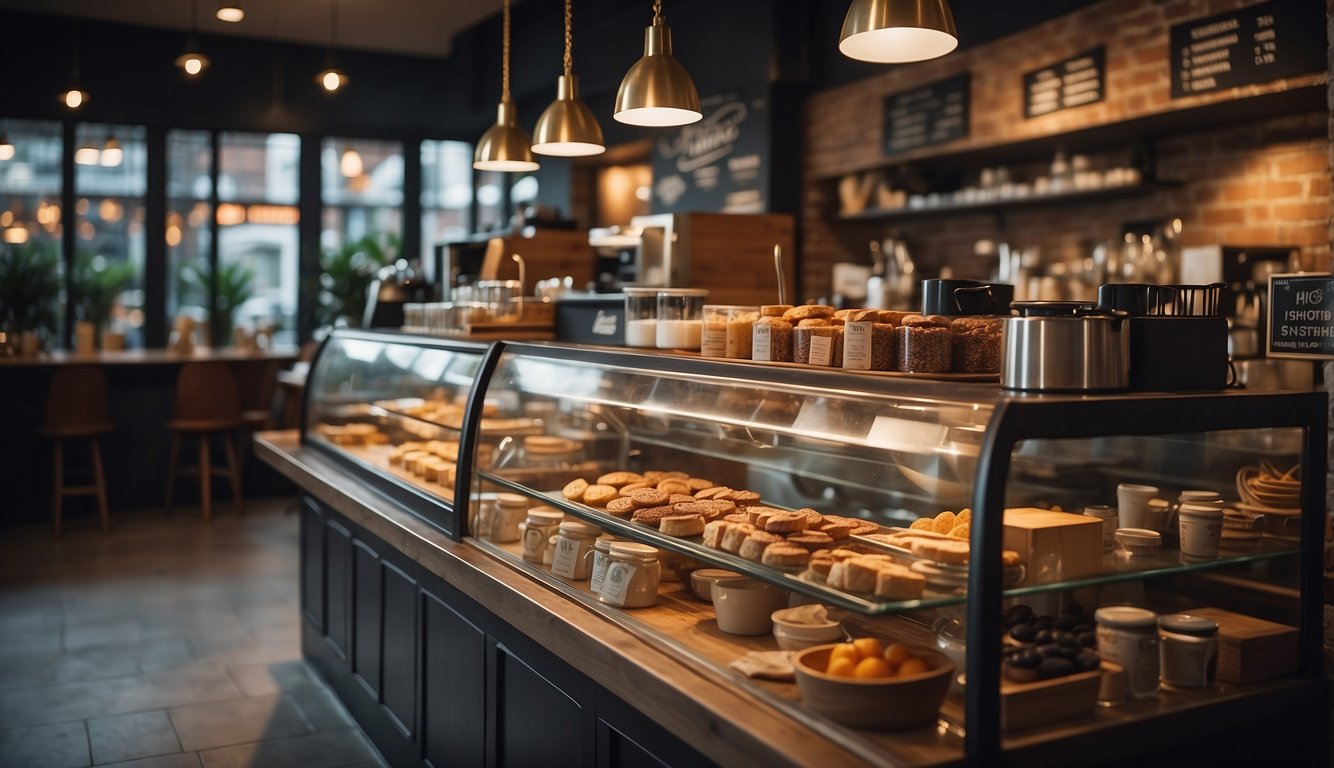
The coffee shop industry analyzes various factors to thrive. Each chain has distinct strategies affecting its market position.
Pricing Strategies
Many chains adopt a tiered pricing model. It attracts a wide customer range. Coffeehouses adjust prices based on the cost of ingredients, demand, and location.
Location and Accessibility
Leading chains prioritize high-traffic areas. They choose locations near offices, schools, and shopping centers. Accessibility increases customer convenience, driving foot traffic.
Brand Identity and Marketing
Established chains build a strong brand identity. They focus on logos, store design, and product consistency. Marketing campaigns are vital for brand visibility and customer loyalty.
Innovations in the Industry
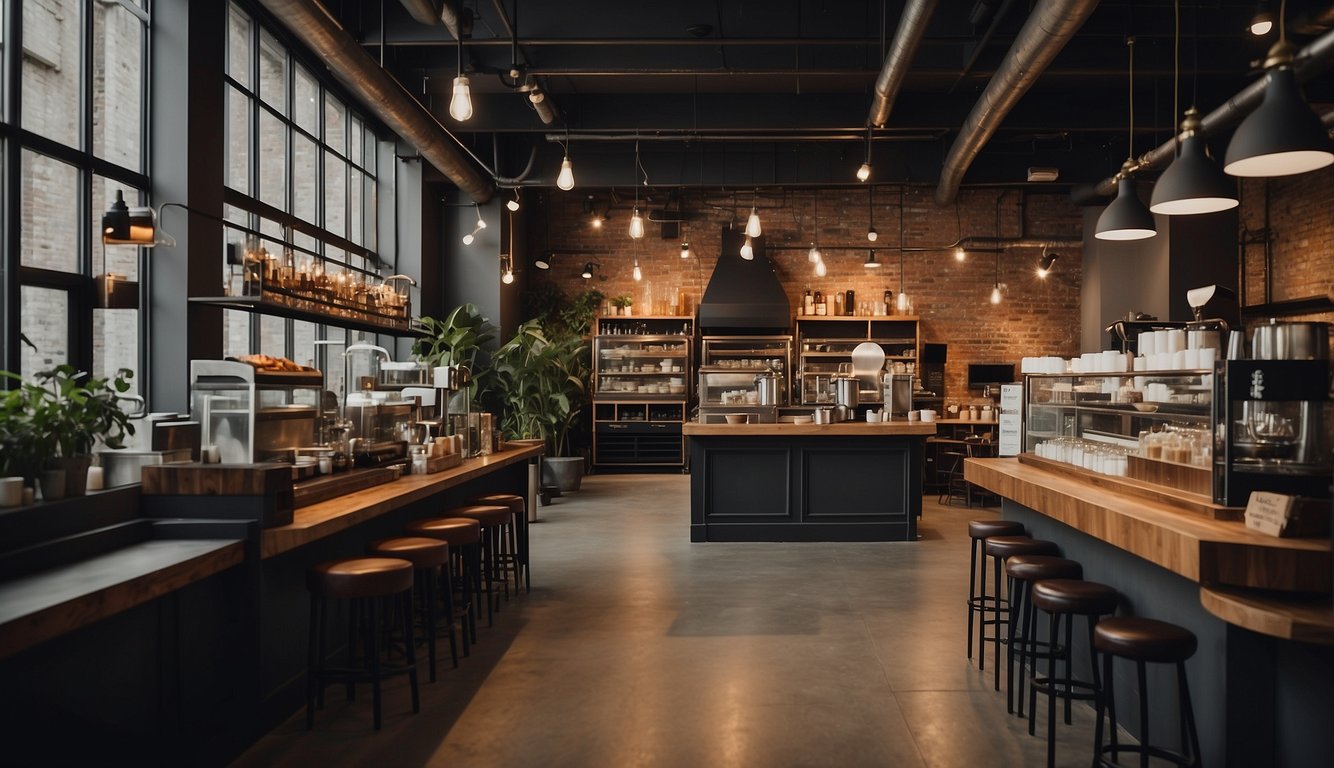
In the competitive landscape of chain coffee shops, industry leaders are constantly embracing new technologies, sustainability initiatives, and menu developments to attract customers.
Technology and Mobile Ordering
Most major coffee chains have integrated advanced technologies for a smoother customer experience. For example, chains like Starbucks pioneered mobile ordering, allowing customers to place orders ahead of time for quick pickup. The implementation of mobile ordering streamlines the transaction process and enhances efficiency in busy store environments.
Sustainability Efforts
Sustainability is a key focus, as chains introduce eco-friendly practices from bean to cup. Coffee shops are increasingly utilizing recyclable materials and ethically sourced coffee beans. These efforts not only resonate with environmentally conscious consumers but also work towards reducing the industry’s carbon footprint.
Menu Evolution
The evolution of the coffee shop menu reflects changing consumer preferences. Plant-based milk alternatives and seasonal flavors showcase the industry’s adaptability. The introduction of diverse food offerings meets the demand for on-the-go options that are health-conscious and flavor-rich.
Customer Experiences
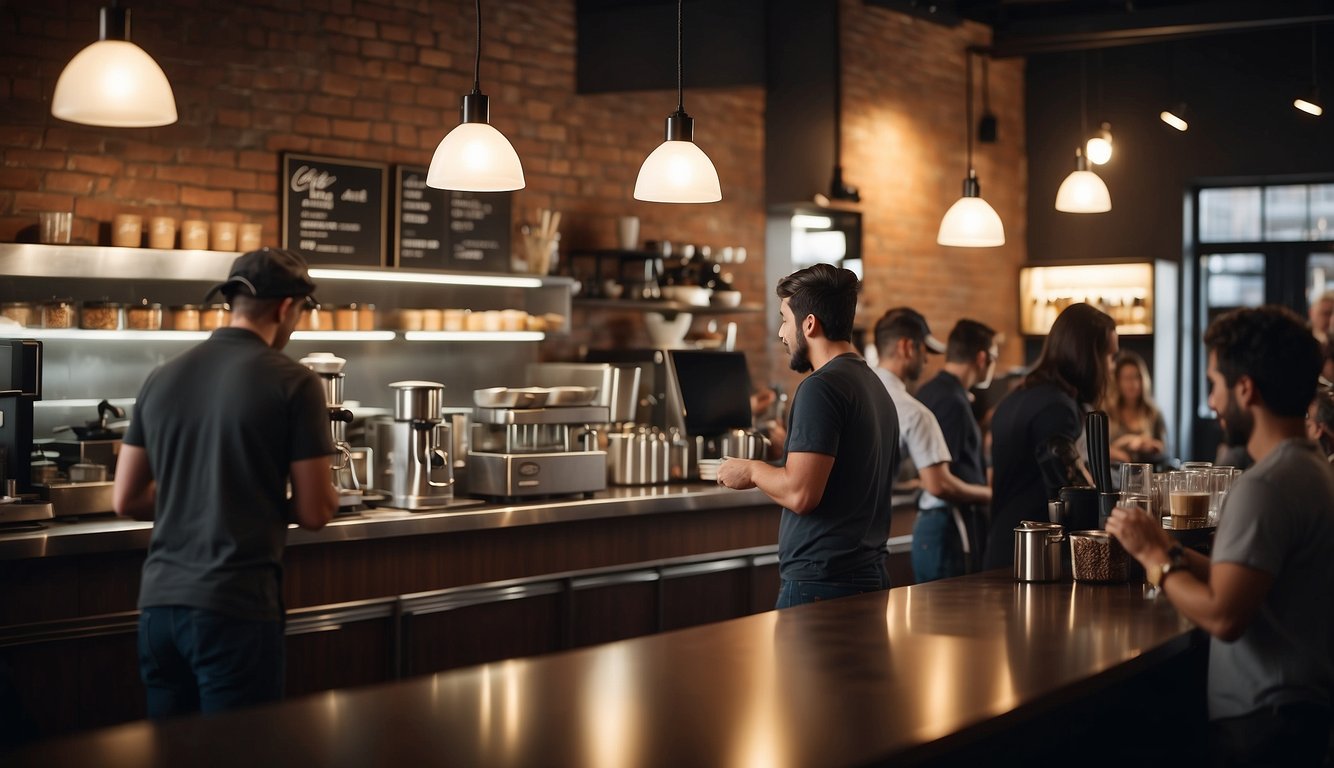
When visiting chain coffee shops, customers often report on the environment, the service, and how the shop connects with the community. These elements can make or break the customer’s overall satisfaction.
In-store Ambiance
Customers prefer chain coffee shops with a welcoming and comfortable atmosphere. Shops with modern decor and ample seating allow patrons to relax and enjoy their beverages. Cleanliness and a pleasant aroma are also key to a positive in-store ambiance.
Service Quality
Attentive and efficient service contributes greatly to a customer’s experience. Whether it’s a friendly greeting or the quick preparation of a complex coffee order, staff performance is crucial.
Community Engagement
Shops that sponsors activities and show involvement in local affairs often earn customer loyalty. Patrons appreciate when a business showcases social responsibility and builds a connection beyond transactions. Efforts such as charity events or featuring local artists’ work make the shop a part of the community’s fabric.
Challenges Facing Chain Coffee Shops
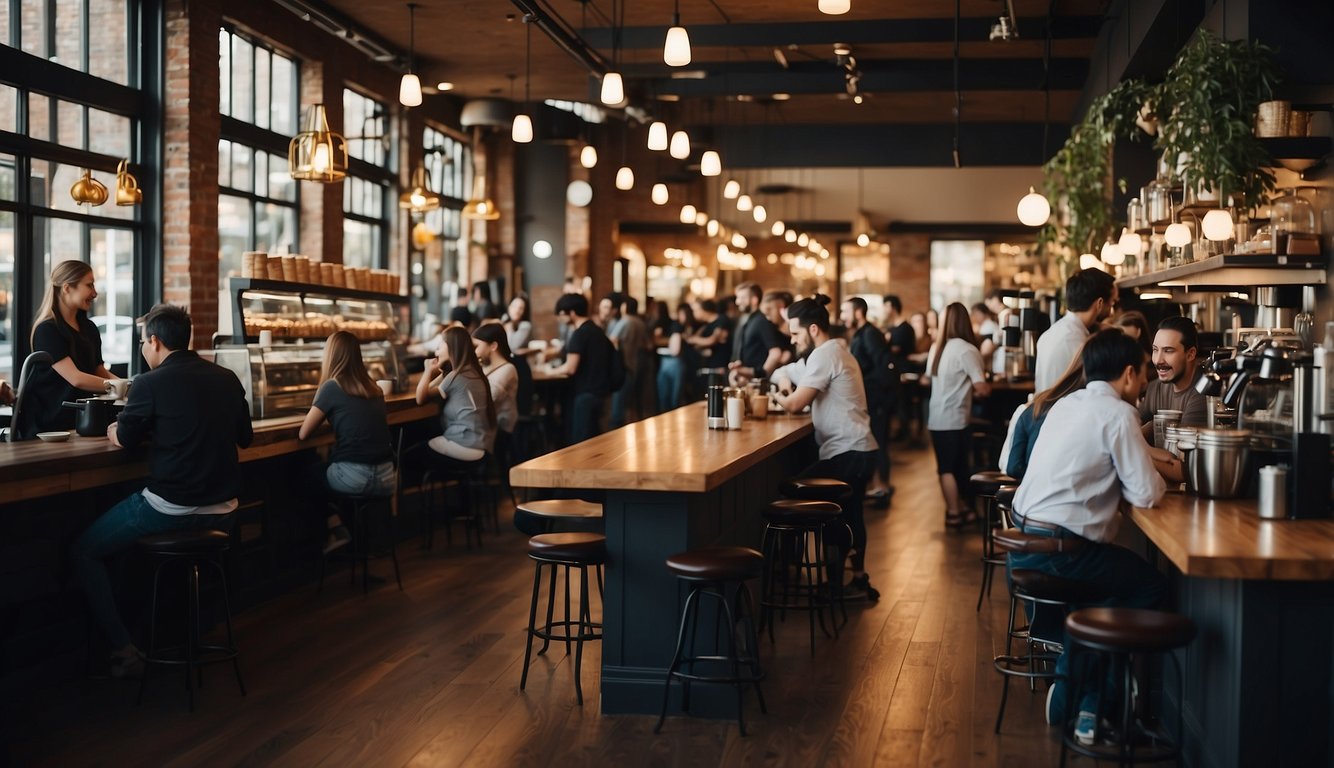
Chain coffee shops confront several hurdles in today’s market, from thriving against local businesses to adapting to changing consumer demands and labor markets.
Competition with Local Cafes
Local cafes offer unique experiences and often build strong community ties. Chain coffee shops can struggle to replicate this local charm. They must innovate to differentiate themselves from these small, community-focused competitors.
Health and Nutrition Concerns
Consumers are increasingly health-conscious, scrutinizing the nutritional content of what they drink. Chain coffee shops must balance taste with health benefits to satisfy their customers. This includes offering low-calorie, sugar-free, and alternative milk options.
Navigating the Gig Economy
The rise of gig work affects the labor pool available to chain coffee shops. They must create attractive work environments to retain staff amidst the flexibility gig jobs offer. This includes fair wages, benefits, and flexible hours.
Frequently Asked Questions
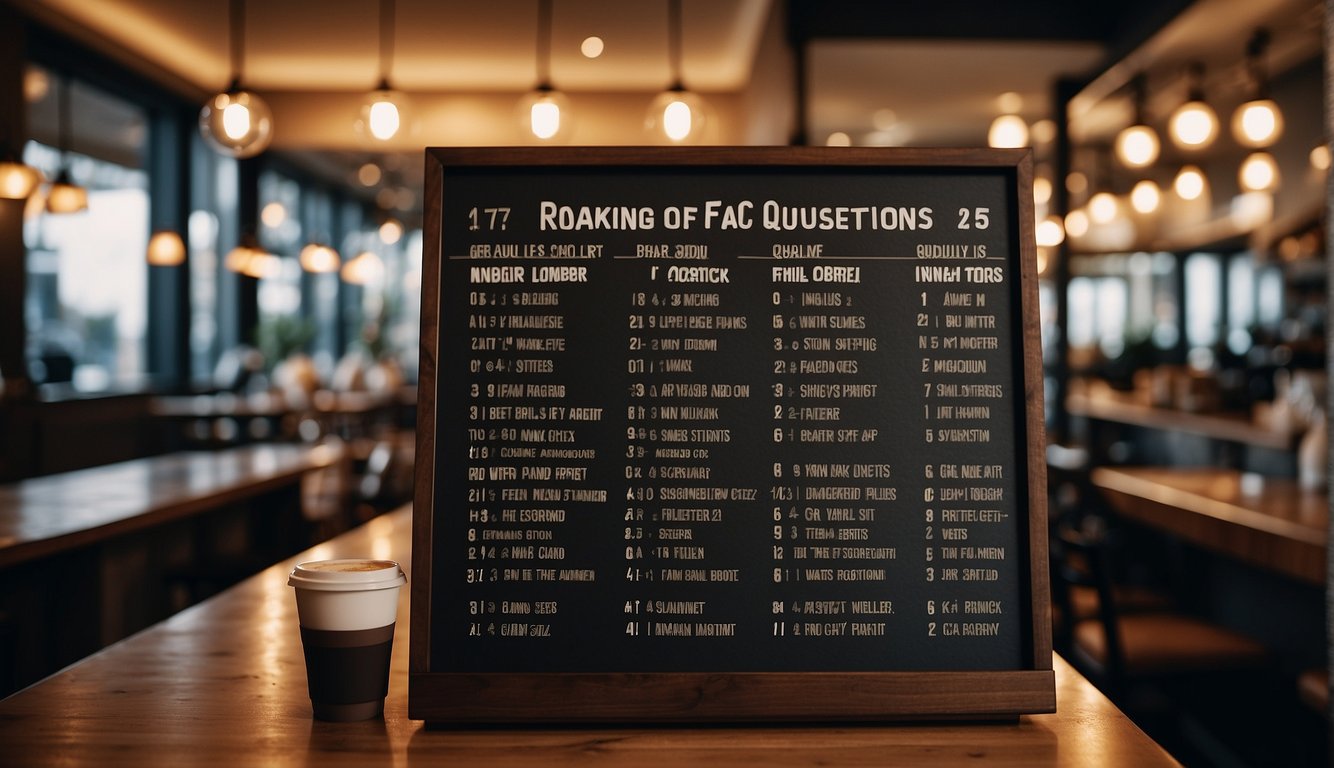
This section addresses common queries related to chain coffee shops and their rankings.
Which coffee chain has the highest number of locations globally?
Starbucks holds the record for the most locations worldwide, far surpassing its competitors.
What are the top 5 coffee chains in the United States by popularity?
In the United States, the top coffee chains by popularity include Starbucks, Dunkin’, Caribou Coffee, Peet’s Coffee, and The Coffee Bean & Tea Leaf.
How do independent coffee shops compare to large chain coffee shops in quality?
Independent coffee shops often provide unique, high-quality coffee experiences that emphasize artisanal methods and local flair, differentiating themselves from large chains.
Which coffee chain is considered the most upscale or premium?
Certain consumers view Starbucks Reserve and Blue Bottle Coffee as the more upscale options among coffee chains, offering premium experiences.
How have consumer preferences influenced the ranking of coffee chains in recent years?
Coffee chains that focus on convenience, such as drive-thrus and mobile ordering, have seen a rise in popularity due to changing consumer preferences.
What criteria are used to determine the ranking of coffee chain shops?
Rankings of coffee chain shops are generally based on sales, number of locations, brand value, customer satisfaction, and market influence.
